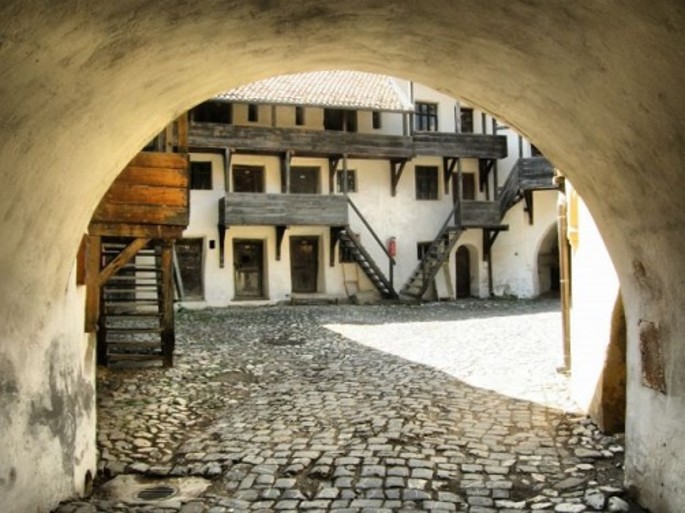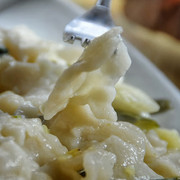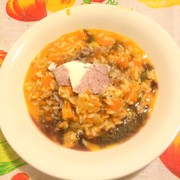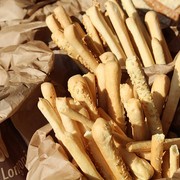In a fairy tale land of medieval resemblance, in the center of Prejmer town, there is a fortified church, turned into a monument included in the world UNESCO World Heritage List. The story of the Prejmer
Fortress begins in 1211, when King Andrew I of Hungary grants the Teutonic Knights the right to settle in these places. They built a church in the Burgundian Gothic architectural style. Later on, the Saxon dwellers of the area built a defensive wall, in the 15th century, for protection against the Turkish invasions which had intensified. The fortification resisted so well that the fortress was never conquered by the Ottomans. 12-meter-high and 4-meter-thick walls encircle the Evangelical Church. The walls enclose a beehive-like structure made up of 274 small rooms, disposed on 4 levels, which provided shelter to the locals when they were under attack.
In peacetime, the rooms would become storerooms for victuals and for arms. Turned into a monument included in the UNESCO World Heritage List, the Prejmer Fortress is the only tourist attraction in Romania to have been granted three stars by the Michelin guide.
The cross-shaped Evangelical Church, unique in Transylvania for its shape, shelters the polyptych altarpiece, built around 1450, one of the oldest and most valuable in the country. The altar includes a triptych with a central panel and painted shutters. The Passion of Christ represents the main pictorial theme. The iconography, though simple, still preserves a glowing aura given by the red tones and the golden background.
Just as well preserved and as valuable are Drumul Strajii alongside the fortress walls, the exterior gate built in 1788, and the so-called “Death Organ” - a plank equipped with 5 rifles on one side and five on the other side, which turned into an actual machine gun, when the fortress was under attack. There is also the interesting story of the room which was called the “reconciliation room”. It was made available to the couples who intended to break up. There, they only had one bed, a single piece of flatware and one dish, thus the spouses were compelled to share what they had. This made them become close again and eventually reconcile. This seems to be of Saxon inspiration, given that in Transylvania there are other such fortified churches, which do not have such a room.
The fortress also includes a small ethnographic museum which shelters ceramic works, painted furniture, and cult object, of various epochs. Burzenland (Tara Barsei) may take pride in the majesty and historical, cultural and spiritual value of one of its oldest fortified churches.
Sources:
https://ro.wikipedia.org/wiki/Biserica_fortificat%C4%83_din_Prejmer
























